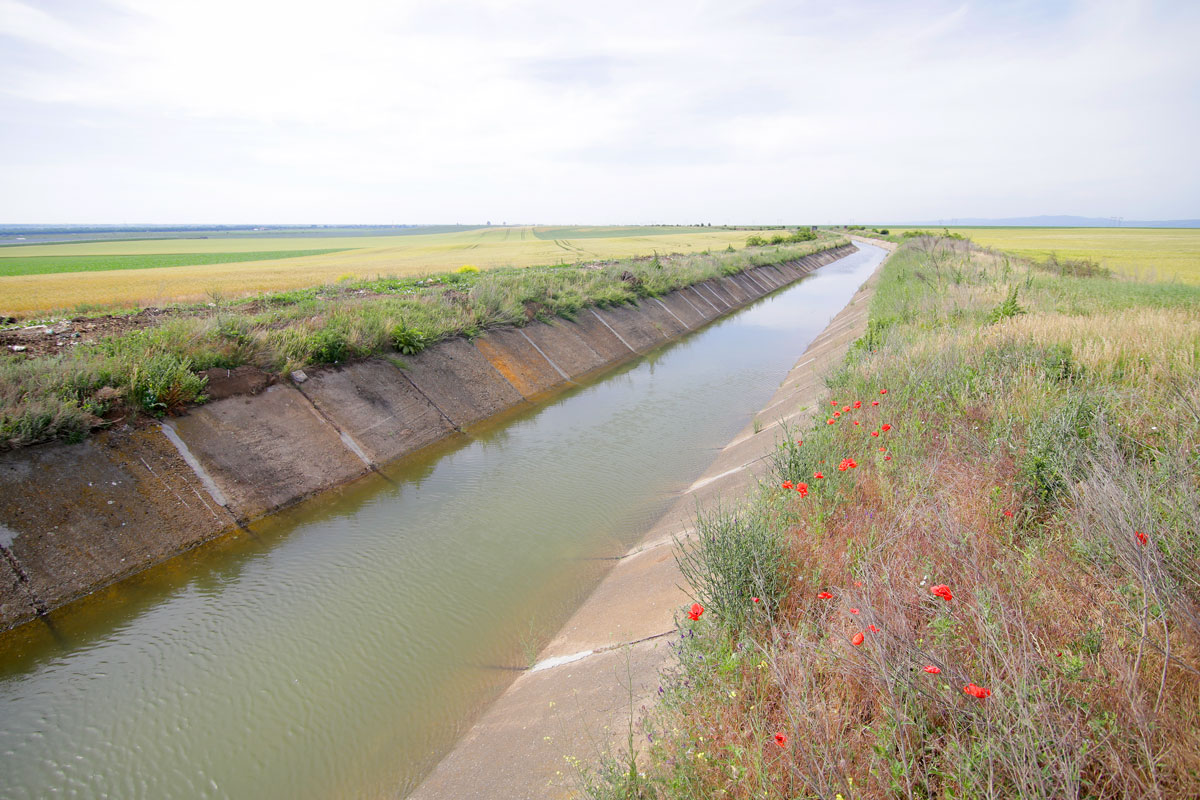 Open channel flow monitoring is a method of measuring water flow rates in irrigation channels, streams, and storm water systems. It’s also used in wastewater processing for monitoring the effluent discharge. In most applications for open channel flow, weirs and flumes are used. For those of us not familiar, weirs and flumes concentrate the flow into a known cross sectional area, relating an accurate level reading to an accurate flow rate. The height of the water in the channel, going over the weir or flume, is directly proportional to the flow rate.
Open channel flow monitoring is a method of measuring water flow rates in irrigation channels, streams, and storm water systems. It’s also used in wastewater processing for monitoring the effluent discharge. In most applications for open channel flow, weirs and flumes are used. For those of us not familiar, weirs and flumes concentrate the flow into a known cross sectional area, relating an accurate level reading to an accurate flow rate. The height of the water in the channel, going over the weir or flume, is directly proportional to the flow rate.
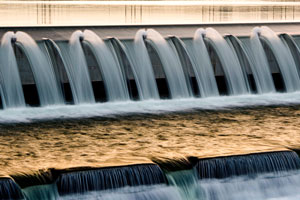
Traditional methods of measuring the level through weirs and flumes were by way of float sensors and measuring tapes, which are maintenance nightmares. Mechanical floats can be disrupted by debris and sediment buildup. The original method of monitoring flows was by way of a “weir stick” or ruler markings, this required personnel to check the readings at the location daily, weekly or monthly. Both traditional methods can have very high hidden costs in maintenance and labor charges.
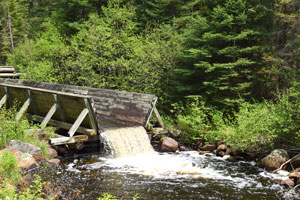
The old ways of measuring open channel flow are getting behind us. With the increase in labor cost and decrease in electronic sensing cost, new ways of monitoring open channel flows have become more prominent and cost effective. These new methods are by way of ultrasonic and hydrostatic pressure sensing.
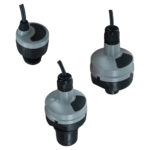
Dwyer’s Series ULSS, ULSM, and ULSL are the perfect solution for monitoring open channel flow. The ultrasonic signal of these products provides a non-contact measurement of flow eliminating the required maintenance of older methods. As previously mentioned, typical methods of monitoring open channel flow were prone to debris and sediment buildup. This is not the case with the ULSS, ULSM, and ULSL. Additionally, their 4-20 mA transmitter output can feed back to a local panel meter, telemetry system, or SCADA network for remote flow monitoring rather than checking the reading locally.
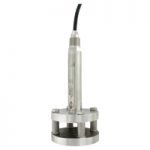
Another new technology that can be utilized is hydrostatic pressure sensing of the level in the channel. Dwyer’s Series PBLT2 Submersible Pressure Level Transmitter is great for this application as well. Through careful positioning, the sensor can provide an accurate 4-20 mA transmitter output of level reading based on height of water (pressure). Even though placed directly into the channel, the “bird cage” design and large diaphragm make this almost impervious to sediment buildup or debris fouling.
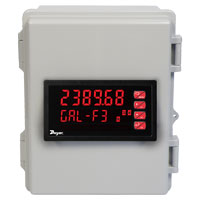
If you’re using a level transmitter that does not include software correlation of level to flow like the PBLT2, Dwyer offers the Series APM Panel Meter. Smart software in the APM includes a weir and flume exponential linearizer enabling the unit to convert a level transmitter input to channel flow rate for both the local display and the output options. The APM can be configured with a transmitter output for flow, 2 or 4 switch outputs, and serial communications for remote monitoring of the flow rate. Since most applications will be in outdoor conditions, the panel meter’s LED display is designed to be seen even under the brightest sunlight and the front face is weatherproof (NEMA 4X) to handle any weather conditions. Optional ready-made weatherproof enclosures, Series PME, are also available.

